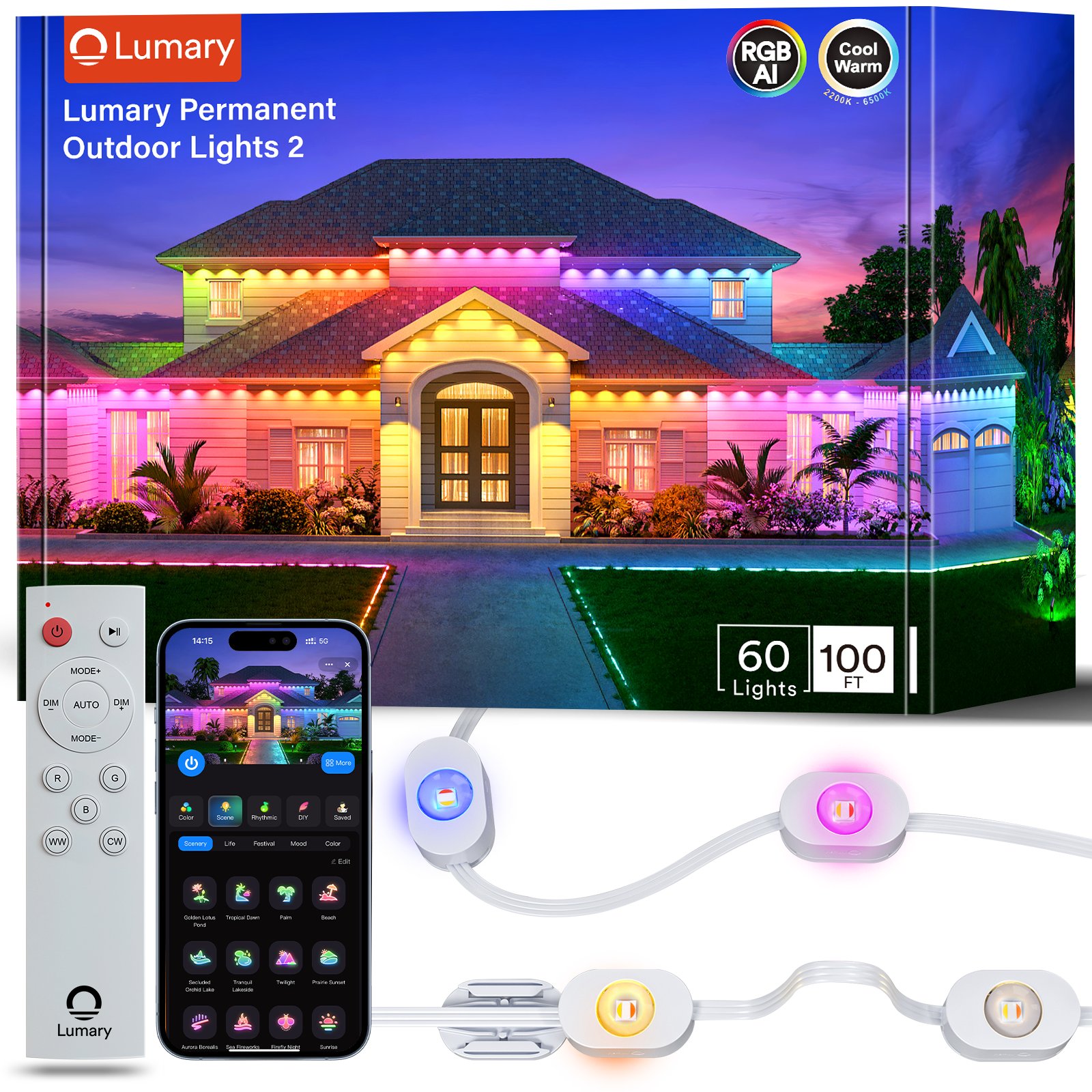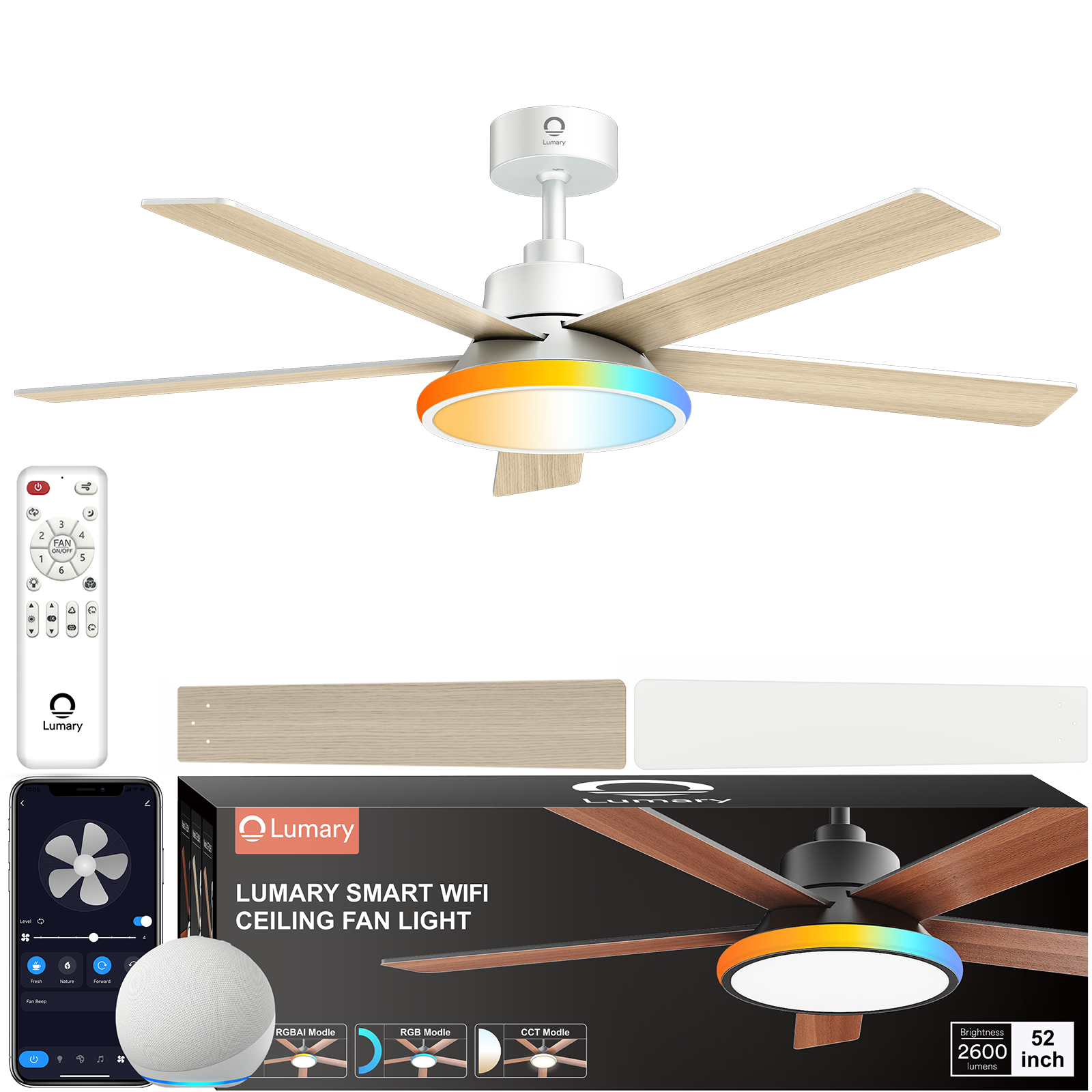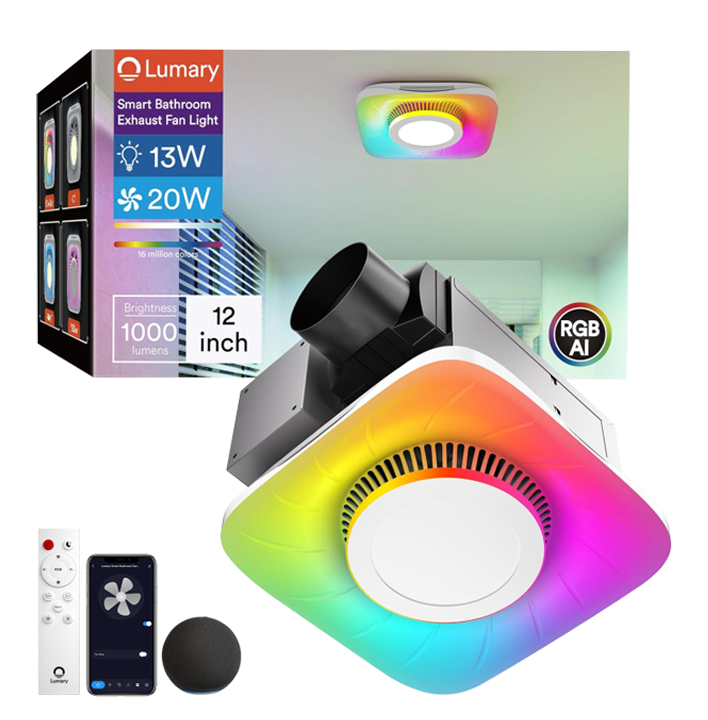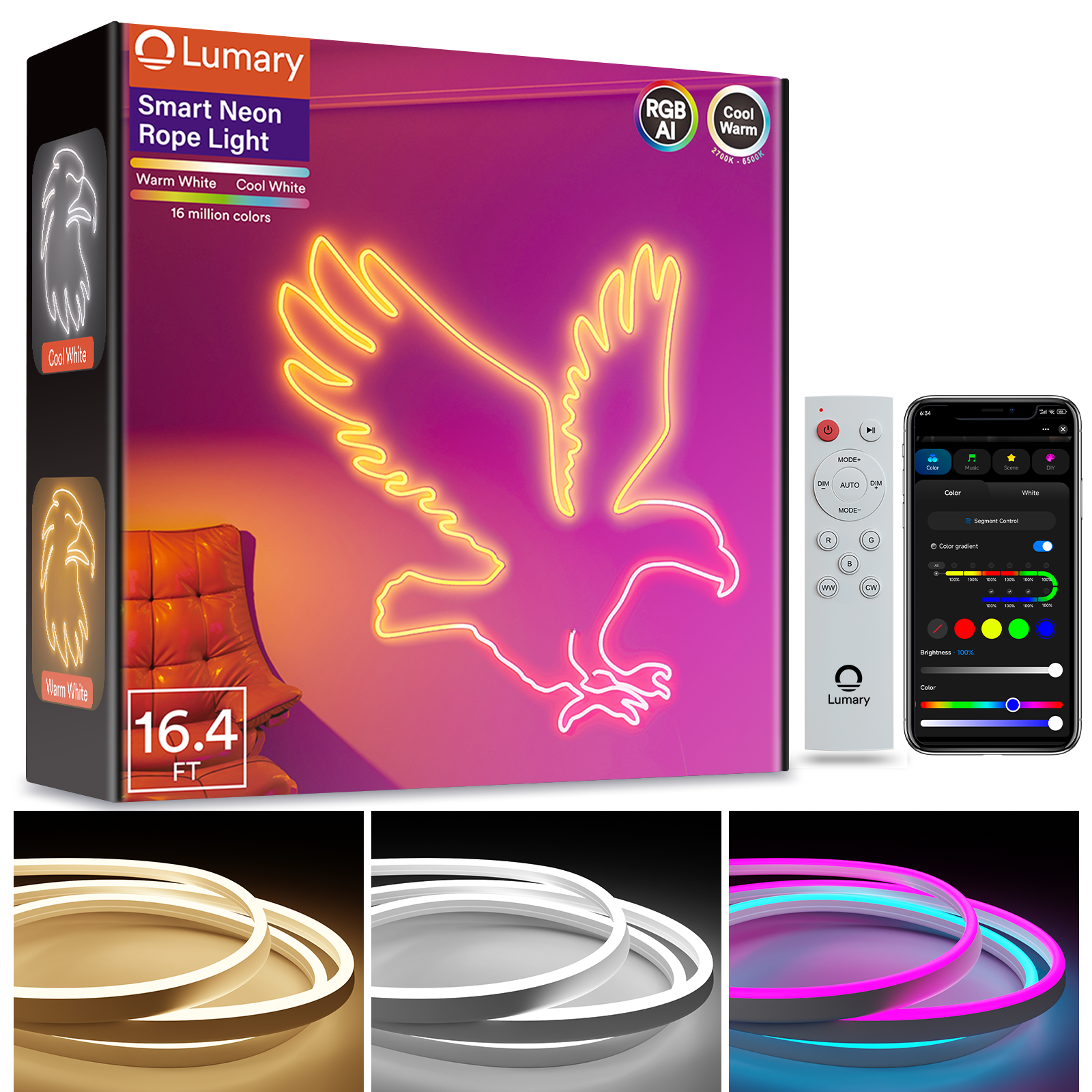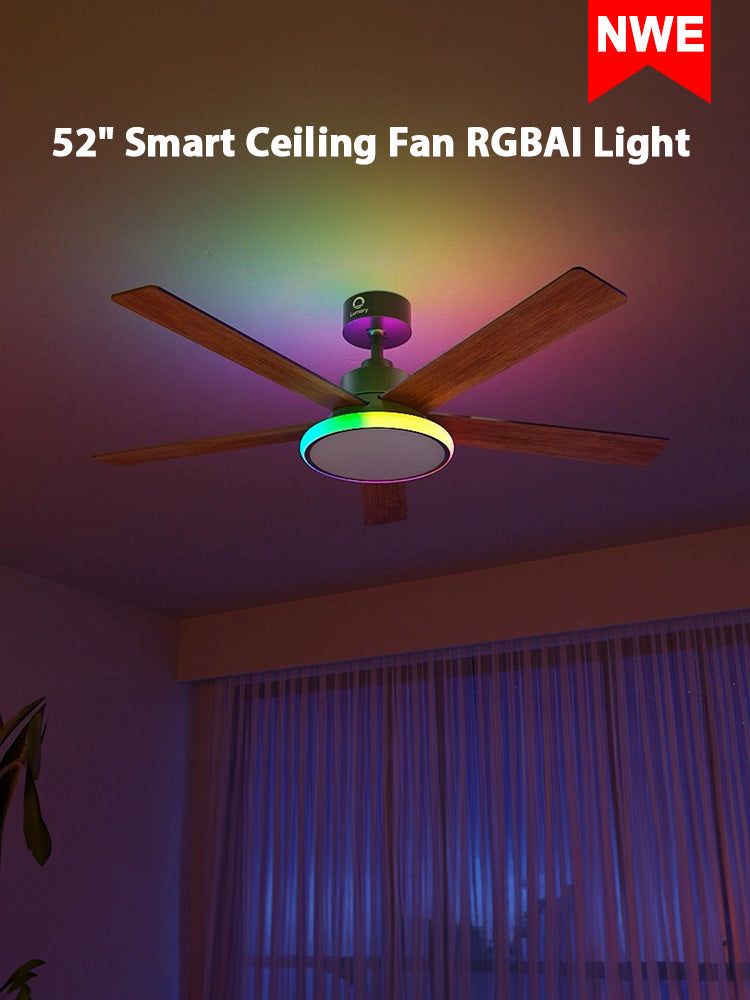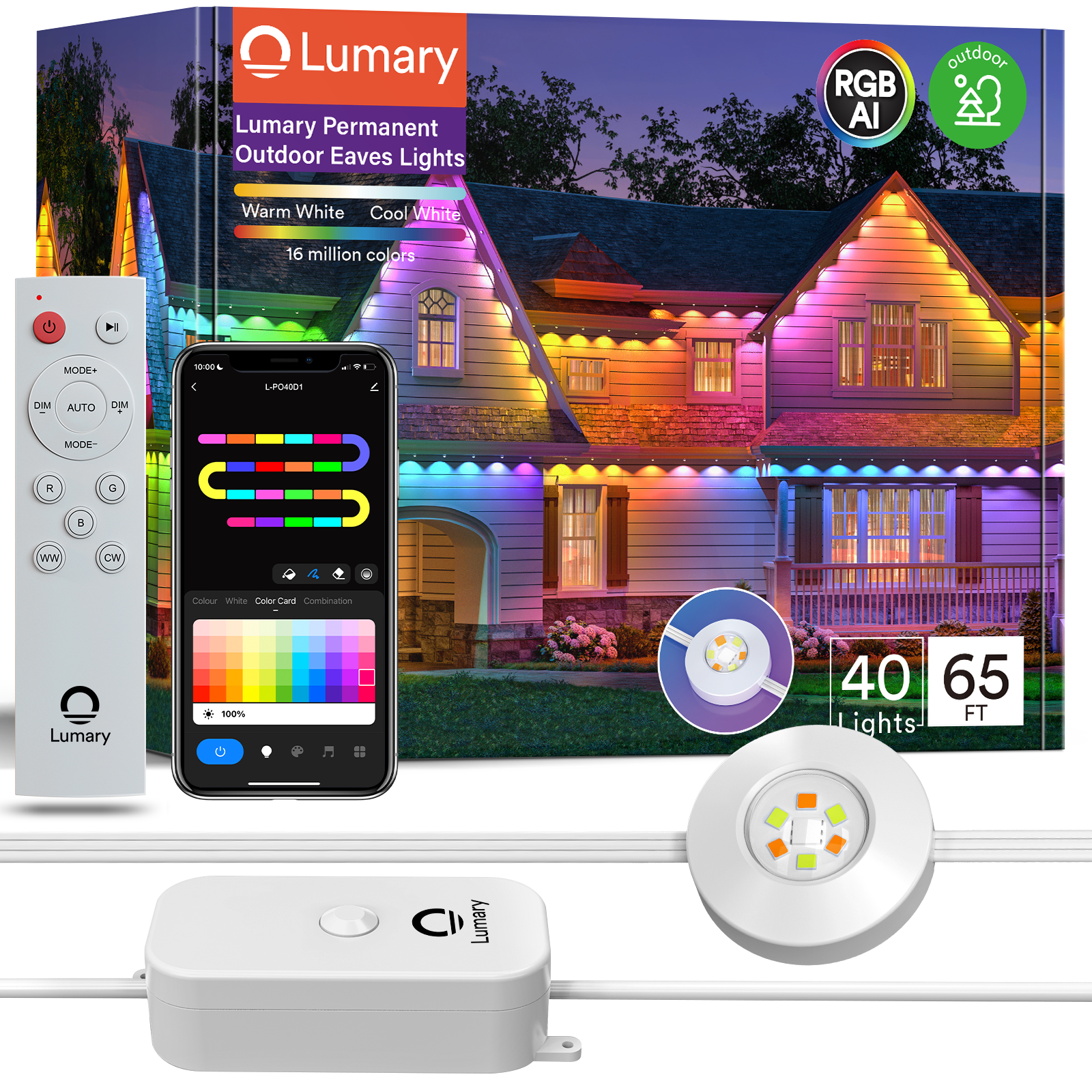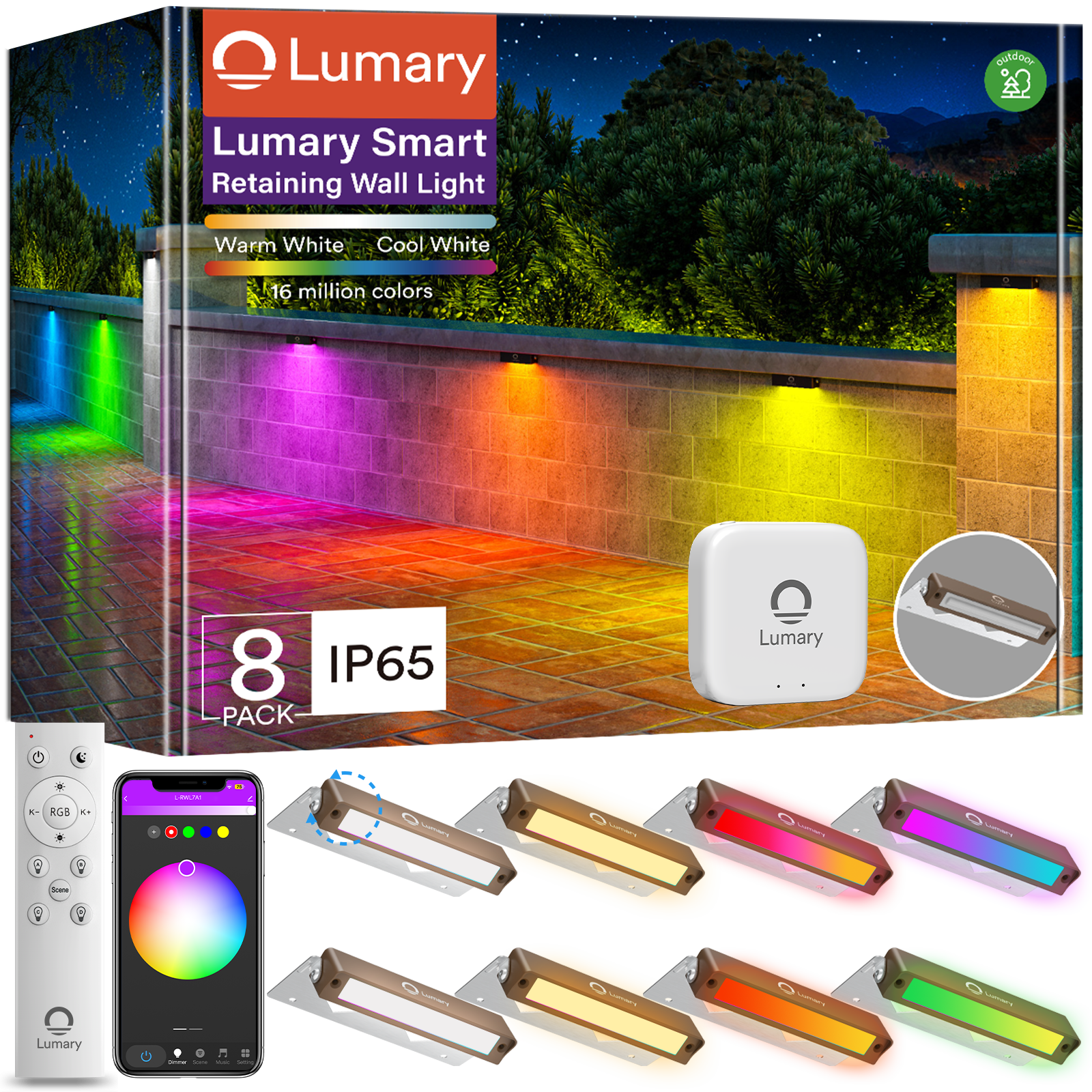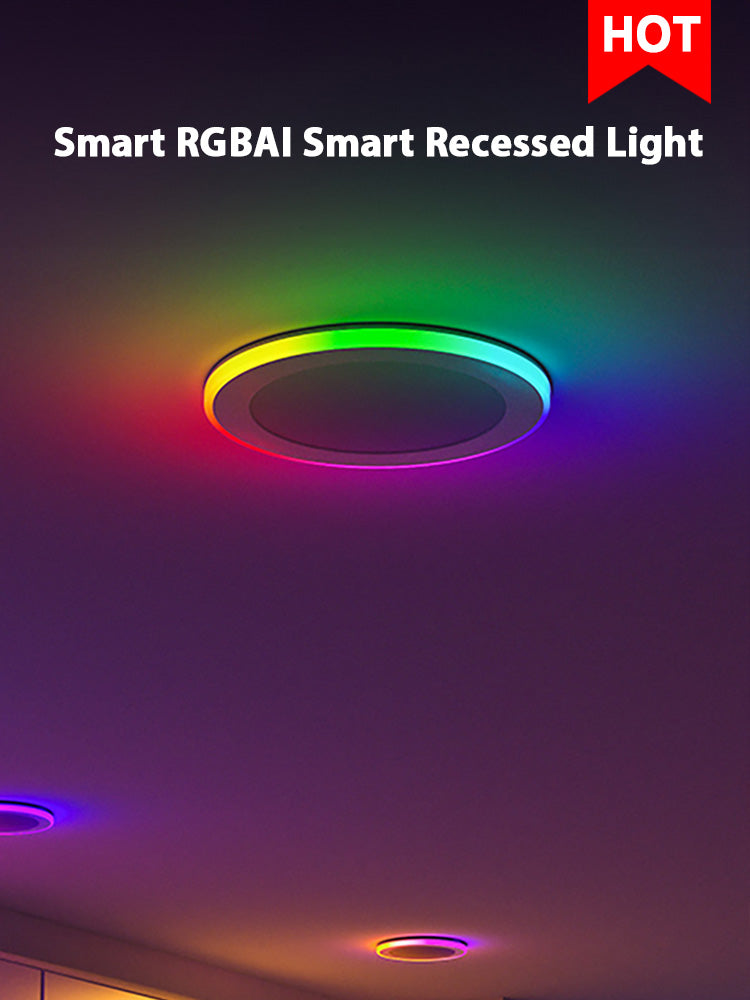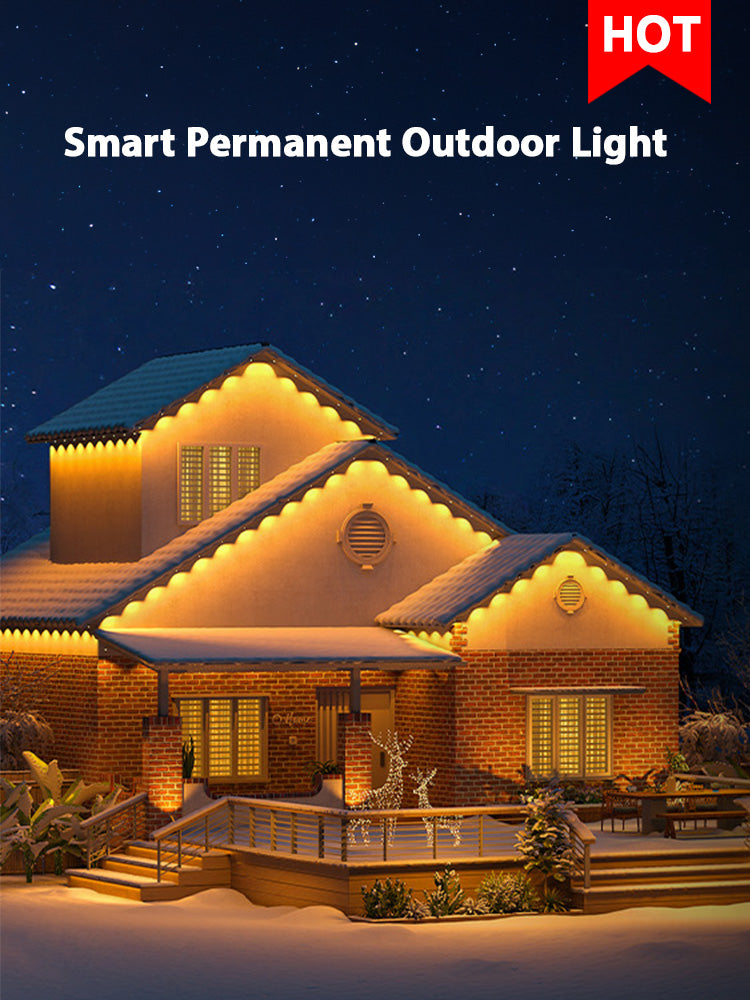In 2025, waterproof LED outdoor strip lights have become a must-have for transforming outdoor spaces. These lights enhance your surroundings by creating a welcoming ambiance and improving safety, especially along pathways. Their energy efficiency and durability make them a practical choice for long-term use. Unlike traditional lighting, waterproof LED strip lights withstand harsh weather conditions, ensuring consistent performance year-round.
The demand for these lights continues to grow. The LED Smart Strip Lights market is projected to expand at a CAGR of 12.3% from 2024 to 2031, driven by the need for energy-efficient solutions across residential and commercial sectors. Technological advancements, such as smart controls and customizable designs, allow you to personalize your lighting experience. Trends like minimalist designs and sustainable lighting further highlight their versatility and appeal.
Key Takeaways

-
Pick the right IP rating for your outdoor LED lights. IP65 works for covered spots, while IP68 suits pools and fountains.
-
Think about brightness based on your outdoor needs. Use dimmer lights for decoration and brighter ones for safety or visibility.
-
Choose energy-saving LED lights. They use less power, last longer, and save money on bills and replacements.
-
Install lights correctly with waterproofing methods. Seal connections with silicone and use heat shrink tubes to block moisture.
-
Take care of your lights by cleaning them and checking for damage. This makes them last longer and keeps your outdoor areas bright.
Understanding IP Ratings for Outdoor Waterproof LED Strip Lights
What Are IP Ratings?
IP ratings, or Ingress Protection ratings, measure how well a product resists dust and water. These ratings consist of two digits. The first digit indicates protection against solid objects like dust, while the second digit shows resistance to liquids such as water. Higher numbers mean better protection. For example, an IP68 rating offers more durability than IP65. Understanding these ratings helps you choose waterproof LED strip lights that suit your outdoor needs.
Why IP Ratings Are Crucial for Outdoor LED Strip Lights
IP ratings ensure the safety and performance of outdoor lighting. They protect LED strips from moisture, dust, and dirt, which can cause corrosion or short circuits. This protection enhances durability, making the lights suitable for harsh environments. The table below highlights the importance of waterproof ratings:
|
Aspect |
Explanation |
|---|---|
|
Water Resistance |
Prevents moisture damage, ensuring consistent performance. |
|
Durability |
Withstands outdoor exposure, increasing usability. |
|
Safety |
Reduces risks of electrical hazards caused by water. |
|
Environmental Protection |
Shields against dust and dirt, maintaining functionality. |
|
Longevity |
Extends lifespan, reducing maintenance and replacement costs. |
By choosing the right IP rating, you ensure your outdoor waterproof LED strip lights remain reliable and safe.
Common IP Ratings: IP65, IP67, and IP68
Not all IP ratings are the same. Here’s a breakdown of the most common ones for outdoor LED strip lights:
-
IP65: Protects against dust and water splashes. Ideal for general outdoor use but unsuitable for submersion.
-
IP67: Offers temporary submersion protection, making it suitable for areas prone to flooding.
-
IP68: Fully waterproof and designed for prolonged submersion, perfect for pools or fountains.
The table below compares these ratings:
|
Type |
IP Rating |
Waterproofing Method |
Applications |
Advantages |
Disadvantages |
|---|---|---|---|---|---|
|
IP65 |
IP65 |
Silicone coating |
Sheltered outdoor locations |
Cost-effective, easy to install |
Limited water resistance |
|
IP67 |
IP67 |
Silicone sleeve tube |
Areas with splashing water |
Better water resistance than IP65 |
Not suitable for prolonged submersion |
|
IP68 |
IP68 |
Silicone-filled sleeve or solid silicone |
Underwater environments (e.g., pools) |
Highest water resistance, versatile use |
More expensive, complex installation |
Selecting the right IP rating depends on your environment. For example, IP65 works well for patios, while IP68 is better for water features. Higher IP ratings also mean longer-lasting LED strips, saving you time and money over time.
Choosing the Right IP Rating for Your Outdoor Needs
Selecting the right IP rating for your outdoor LED strip lights depends on your environment and how you plan to use them. Each IP rating offers a different level of protection, so understanding your specific needs ensures you make the best choice.
-
Assess Your Environment
Start by evaluating the conditions where you’ll install the lights. For areas like patios or decks with minimal exposure to water, IP65-rated lights work well. These lights resist dust and water splashes, making them ideal for sheltered spaces. If you’re lighting areas prone to heavy rain or occasional flooding, consider IP67-rated lights. They provide temporary submersion protection, ensuring durability in challenging conditions. For pools, fountains, or underwater features, IP68-rated lights are the best option. They offer complete waterproofing techniques to handle prolonged submersion. -
Consider Usage and Placement
Think about how you’ll use the lights. For decorative purposes, such as outlining pathways or wrapping trees, IP65 lights are sufficient. However, if you need lights for functional purposes in wet environments, IP67 or IP68 ratings provide better protection. Placement also matters. Lights installed near sprinklers or water features require higher waterproof ratings to maintain their lifespan. -
Balance Cost and Features
Higher IP ratings often come with increased costs. While IP68 lights offer maximum protection, they may not be necessary for all outdoor projects. Choose a rating that meets your needs without overspending. This approach ensures you get the right balance of performance and affordability.
By carefully considering your environment, usage, and budget, you can select the perfect IP rating. This ensures your outdoor LED strip lights deliver reliable performance and long-lasting durability.
Key Factors to Consider When Choosing Waterproof LED Outdoor Strip Lights
Brightness and Lumens for Outdoor Applications
Choosing the right brightness level ensures your outdoor lighting serves its purpose effectively. Lumens measure the brightness of LED lights, and different outdoor applications require specific lumen levels. For instance, step lights need only 12-100 lumens, while floodlights demand 700-1300 lumens for optimal illumination. The table below provides a quick reference for recommended brightness levels:
|
Outdoor Application |
Recommended Lumens |
|---|---|
|
Step Lights |
12-100 lumens |
|
Path Lights |
100-200 lumens |
|
Landscape Spotlights |
120 lumens |
|
Pond/Pool Lights |
200-400 lumens |
|
Motion Sensor Lights |
300-700 lumens |
|
Flood Lights |
700-1300 lumens |
When selecting outdoor LED strip lights, consider the purpose of the lighting. For decorative purposes, lower lumens suffice. However, for functional lighting, such as security or visibility, higher lumens are essential. This guide ensures you achieve the perfect balance between aesthetics and functionality.
Color Options and Customization Features
Modern outdoor LED strip lights offer a wide range of color options, allowing you to create the perfect ambiance. Advanced models, like the Lumary Smart Outdoor Neon Rope Lights, feature RGBCW LED technology. This enables you to adjust colors from warm white to cool white, ranging between 2200K and 6500K. You can also explore preset scenes or customize your own lighting effects to match any occasion.
Customization extends beyond colors. Many outdoor LED strip lights include music sync features, allowing the lights to dance to your favorite tunes. Flexible designs let you shape the lights to fit your space, whether outlining pathways or wrapping around trees. These features make outdoor waterproof LED strip lights a versatile choice for enhancing your outdoor spaces.
Energy Efficiency and Power Consumption
Energy efficiency is one of the key benefits of outdoor LED strip lights. LEDs consume only 20-25% of the energy used by incandescent bulbs, significantly reducing electricity costs. They also last up to 25 times longer, with a lifespan of approximately 50,000 hours. This durability minimizes waste and maintenance expenses.
LED lights are environmentally friendly. They do not contain harmful chemicals like mercury, making them safer for the planet. Additionally, advancements in smart home technology allow you to automate your outdoor lighting. You can set schedules, sync with sunrise and sunset, and control the lights via voice commands using systems like Alexa or Google Assistant. These features enhance convenience while promoting energy conservation.
By choosing energy-efficient outdoor LED strip lights, you save money and contribute to a sustainable future. Their waterproofing techniques and long lifespan ensure they remain a reliable and eco-friendly choice for outdoor lighting.
Durability and Weather Resistance

Durability plays a crucial role when selecting outdoor led strip lights. These lights face constant exposure to environmental elements like rain, wind, and sunlight. Choosing products with robust materials ensures they withstand these challenges. High-quality waterproofing techniques, such as silicone coatings or sleeves, protect the lights from moisture and dust. This protection prevents damage and extends their lifespan.
Weather resistance is equally important. Outdoor led strip lights must endure temperature fluctuations, from freezing winters to scorching summers. For example, the Lumary Smart Outdoor Neon Rope Lights operate efficiently in temperatures ranging from -4℉ to 113℉. This adaptability ensures consistent performance regardless of the season. By investing in durable and weather-resistant lights, you reduce maintenance costs and enjoy long-lasting illumination.
Compatibility with Smart Home Systems
Modern outdoor led strip lights often integrate with smart home systems, offering convenience and advanced control. Compatibility with platforms like Amazon Alexa, Google Assistant, or Siri allows you to manage your lights using voice commands. You can adjust brightness, change colors, or schedule lighting patterns without manual effort.
Smart features enhance the benefits of outdoor led strip lights. For instance, app-based controls let you customize lighting effects or sync the lights with music. These features create dynamic outdoor environments for parties or relaxation. When choosing lights, ensure they support your preferred smart home system. This compatibility simplifies operation and maximizes the value of your investment.
Budget and Cost Considerations
Budget is a key factor in your decision-making process. Outdoor waterproof led strip lights come in various price ranges, influenced by features, length, and quality. While premium options like the Lumary Smart Outdoor Neon Rope Lights offer advanced technology, there are cost-effective alternatives for simpler needs.
Consider the long-term savings. LED lights consume less energy and have a longer lifespan compared to traditional bulbs. This efficiency reduces electricity bills and replacement costs. Balancing upfront expenses with long-term benefits ensures you make a smart investment. Use this guide to evaluate your needs and find the right lights within your budget.
Planning and Installing Outdoor Waterproof LED Strip Lights
Tools and Materials for Installation
Before starting your DIY lighting projects, gather the necessary tools and materials. Having the right equipment ensures easy installation and helps you avoid delays. Here’s what you’ll need:
-
Essential Tools:
-
LED strip lights
-
Power supply
-
Mounting clips or adhesive tape
-
Measuring tape
-
Screwdriver
-
Drill
-
Wire strippers
-
Marker or chalk
-
Level
-
-
Recommended Materials for Waterproofing:
-
RTV 4500 silicone sealant
-
Dual wall waterproof clear heat shrink
-
These tools and materials simplify the process of installing outdoor LED strip lights and ensure proper installation.
Step-by-Step Installation Guide
Follow this step-by-step installation process to achieve professional results:
-
Preparing the Installation Area
Clean the surfaces where you’ll install the lights. Remove dirt and debris to ensure the adhesive or mounting clips stick properly. Confirm access to a power supply nearby. -
Installing the LED Strip Lights
Measure and mark the installation area using a marker or chalk. Secure the LED strips with mounting clips or adhesive tape. Connect the strips to the power supply, ensuring all connections are tight. -
Waterproofing Techniques
Apply RTV 4500 silicone sealant to all connections. Use dual wall waterproof heat shrink to protect exposed wires. These steps prevent moisture from damaging the lights. -
Testing and Troubleshooting
Turn on the lights to check their functionality. Inspect for dimming or flickering. Address any issues immediately to ensure safety and longevity.
This guide simplifies the process, making it accessible even for beginners.
Avoiding Common Installation Mistakes
Avoiding mistakes during installation ensures safety and extends the lifespan of your outdoor LED strip lights. Here are some common errors and how to prevent them:
-
Ignoring insulation can lead to short circuits. Always waterproof connections.
-
Choosing unsuitable LED strip lights for your environment reduces performance. Select lights with the right IP rating.
-
Using an inadequate power supply causes overheating. Match the power supply to the LED strip’s requirements.
-
Neglecting environmental factors like temperature and humidity affects durability. Choose weather-resistant materials.
By addressing these issues, you ensure proper installation and long-lasting performance.
Securing Outdoor LED Strip Lights for Longevity
Properly securing your outdoor LED strip lights ensures they last longer and perform reliably. By following a few essential steps, you can protect your investment and enjoy consistent lighting for years.
-
Choose the Right Mounting Method
Select a mounting option that suits your installation area. Adhesive backing works well for smooth surfaces like walls or fences. For uneven or rough surfaces, use mounting clips or brackets. These provide extra stability and prevent the lights from detaching over time. -
Protect Connections from Moisture
Waterproofing connections is critical for outdoor installations. Use silicone sealant to cover exposed areas where wires connect. Heat shrink tubing adds another layer of protection, keeping moisture out and preventing corrosion. -
Secure Against Wind and Movement
Outdoor environments often face strong winds or vibrations. Reinforce your LED strip lights with additional fasteners, especially in open areas. This prevents the lights from shifting or sagging, maintaining a neat appearance. -
Account for Temperature Changes
Outdoor LED strip lights expand and contract with temperature fluctuations. Leave a small gap between sections to allow for movement. This prevents damage caused by stretching or compression. -
Perform Regular Inspections
Check your lights periodically for signs of wear or damage. Look for loose connections, peeling adhesive, or water intrusion. Addressing these issues early helps you avoid costly repairs or replacements.
Tip: Always follow the manufacturer’s instructions for securing and maintaining your LED strip lights. This guide ensures you get the best results while extending the lifespan of your lights.
By taking these steps, you can keep your outdoor LED strip lights secure and functional, even in challenging conditions.
Maintenance and Troubleshooting for Waterproof LED Strip Lights
Cleaning and Maintaining Outdoor LED Strip Lights
Proper maintenance keeps your outdoor LED strip lights functioning efficiently and looking their best. Regular cleaning prevents dust and grime from affecting their brightness. Follow these steps to maintain your lights:
-
Dust the LED strips with a soft, dry cloth to remove surface dirt.
-
For deeper cleaning, use a mild soap and water solution. Avoid harsh chemicals that could damage the waterproof coating.
-
Stubborn stains can be removed with isopropyl alcohol applied to a microfiber cloth.
-
After cleaning, dry the lights thoroughly with a lint-free cloth and allow them to air dry completely.
-
Always unplug the lights before cleaning to avoid electrical hazards.
-
Inspect the strips periodically for visible damage or wear.
Shielding your lights from extreme weather conditions also helps prolong their lifespan. Install them in areas with minimal exposure to high traffic to reduce dust accumulation.
Identifying and Fixing Common Issues
Even high-quality LED strip lights can encounter problems. Knowing how to troubleshoot ensures your lights remain functional. Here are some common issues and their solutions:
-
Flickering Lights: Loose connections often cause flickering. Check and secure all connectors and wiring.
-
Dimming: An inadequate power supply may lead to dimming. Ensure your power source delivers sufficient voltage and current. Upgrading to a higher-capacity power supply or reducing the strip length can resolve this issue.
-
Adhesive Not Sticking: Clean the surface thoroughly before reapplying adhesive or use mounting clips for better stability.
For smart home-compatible LED strip lights, connectivity issues may arise. Use the table below to troubleshoot:
|
Issue |
Cause |
Solution |
|---|---|---|
|
Light stopped during use |
Loose dimmer connection or wrong dimmer |
Check connections and dimmer compatibility. |
|
Light didn’t turn on |
Not plugged in or loose connections |
Check connections and replace batteries. |
|
Flickering during illumination |
Unsuitable power supply |
Check voltage compatibility. |
|
Different color at the end |
Voltage drops |
Split LED strip lights with multiple drivers. |
When to Replace Your Outdoor LED Strip Lights
LED strip lights are durable, but they don’t last forever. Watch for these signs to know when replacement is necessary:
-
Fading Light: If the brightness diminishes significantly, it’s time to replace the lights.
-
Flickering Light: Persistent flickering, even after troubleshooting, indicates the lights may need replacement.
-
Electricity Problems: Issues with the power supply or circuit often signal failing lights.
-
Complete Failure: If the lights stop working entirely, replacement is unavoidable.
LEDs gradually lose brightness over time. Check the lumen maintenance rating and replace the lights if it falls below the manufacturer’s specified level. Replacing them before complete failure ensures your outdoor spaces remain well-lit and inviting.
Tip: Keep a maintenance schedule to monitor your LED strip lights’ performance. This proactive approach helps you address issues early and extend their lifespan.
Waterproof LED outdoor strip lights have become essential for enhancing outdoor spaces in 2025. They combine durability, energy efficiency, and advanced features to create safe and inviting environments. Choosing the right lights involves understanding waterproof ratings like IP65 or higher, which ensure protection against weather elements. Regular maintenance, such as cleaning and inspecting connections, keeps your lights efficient and long-lasting.
When selecting lights, consider brightness, color options, and energy efficiency. Features like smart controls and dimmability add convenience and flexibility. Use this guide to make informed decisions and transform your outdoor spaces into vibrant, functional areas.
FAQ
What makes waterproof LED outdoor strip lights different from regular LED lights?
Waterproof LED outdoor strip lights feature protective coatings or enclosures that shield them from water, dust, and harsh weather. These features make them ideal for outdoor use, ensuring durability and consistent performance in challenging environments.
How do you choose the right length for LED strip lights?
Measure the area where you plan to install the lights. Add a small margin for adjustments. Most LED strip lights, like the Lumary Smart Outdoor Neon Rope Lights, come in multiple lengths, such as 16.4FT or 32.8FT, to suit different projects.
Are outdoor LED strip lights safe to use in extreme weather?
High-quality outdoor LED strip lights, such as those with an IP65 or higher rating, withstand extreme temperatures and weather conditions. For example, the Lumary Smart Outdoor Neon Rope Lights operate efficiently between -4℉ and 113℉.
How do you control smart outdoor LED strip lights?
Control smart LED strip lights through apps, remote controls, or voice commands. Many models, like the Lumary Smart Outdoor Neon Rope Lights, integrate with platforms like Alexa or Siri, allowing you to adjust brightness, colors, and effects effortlessly.

